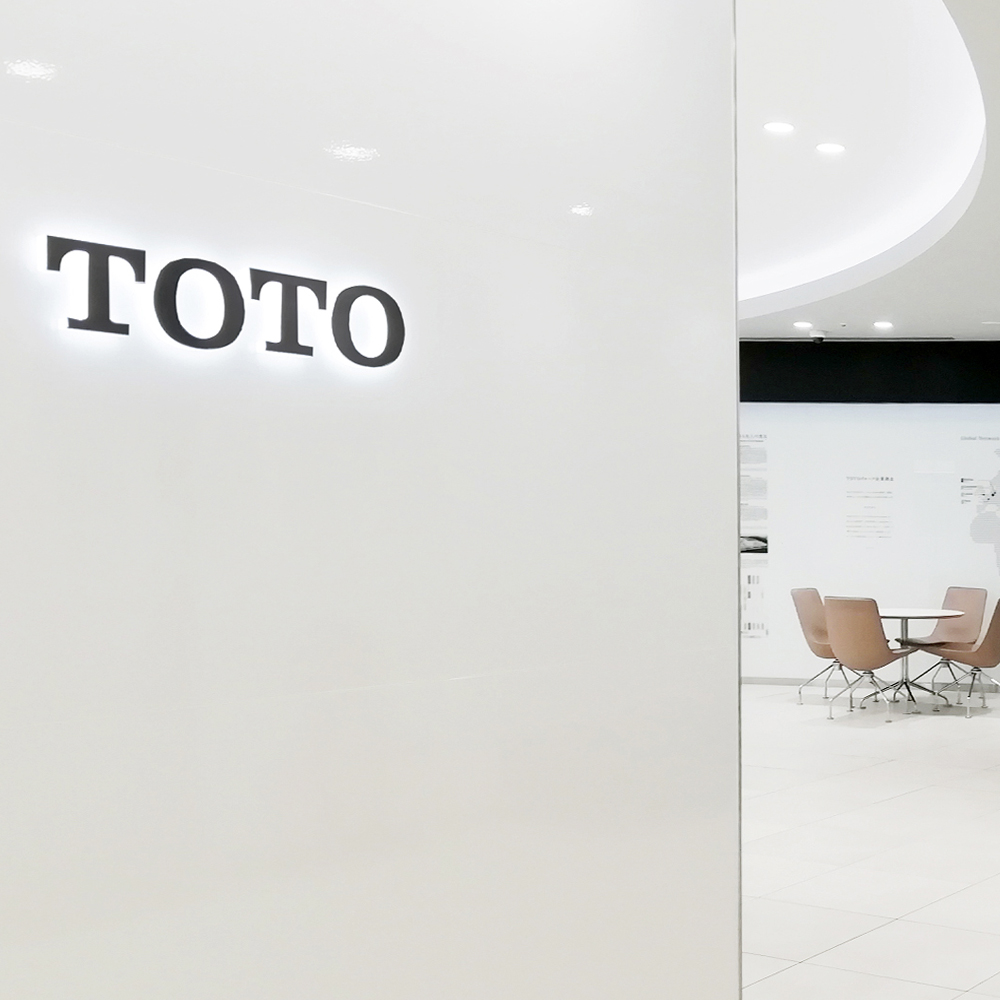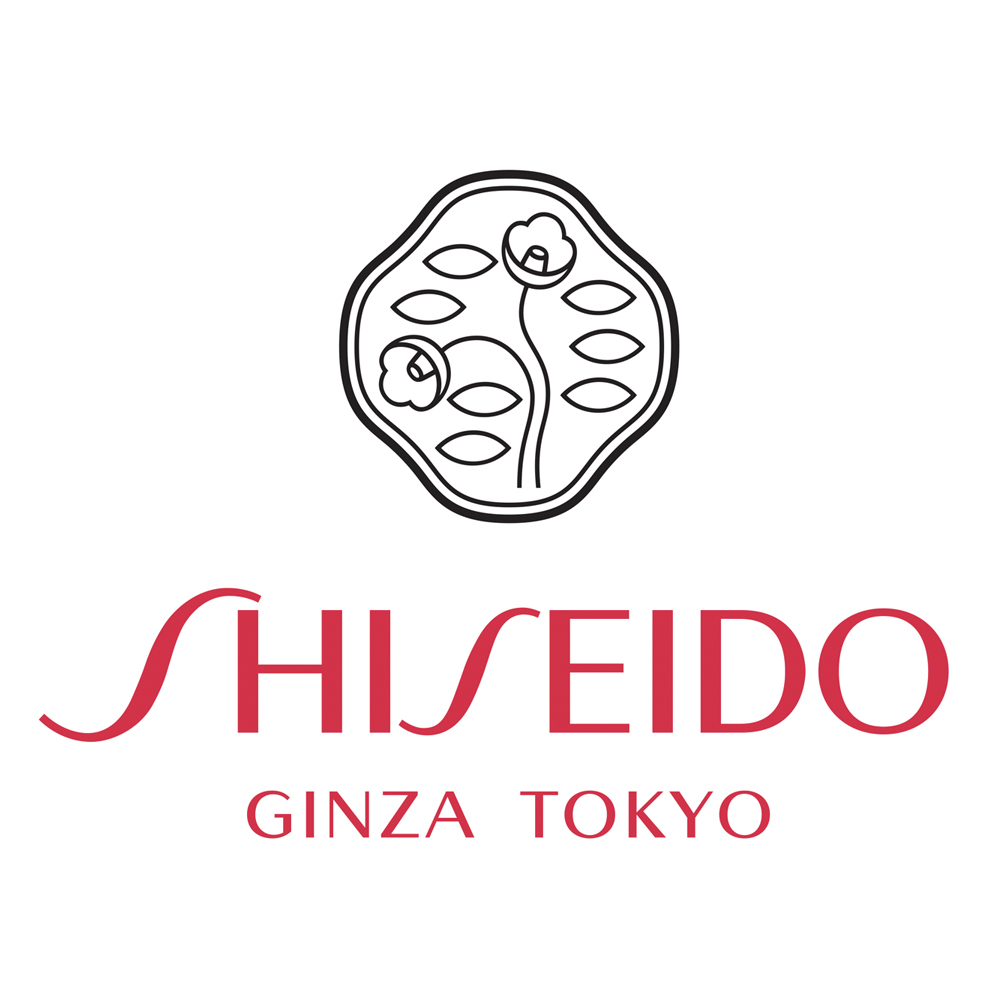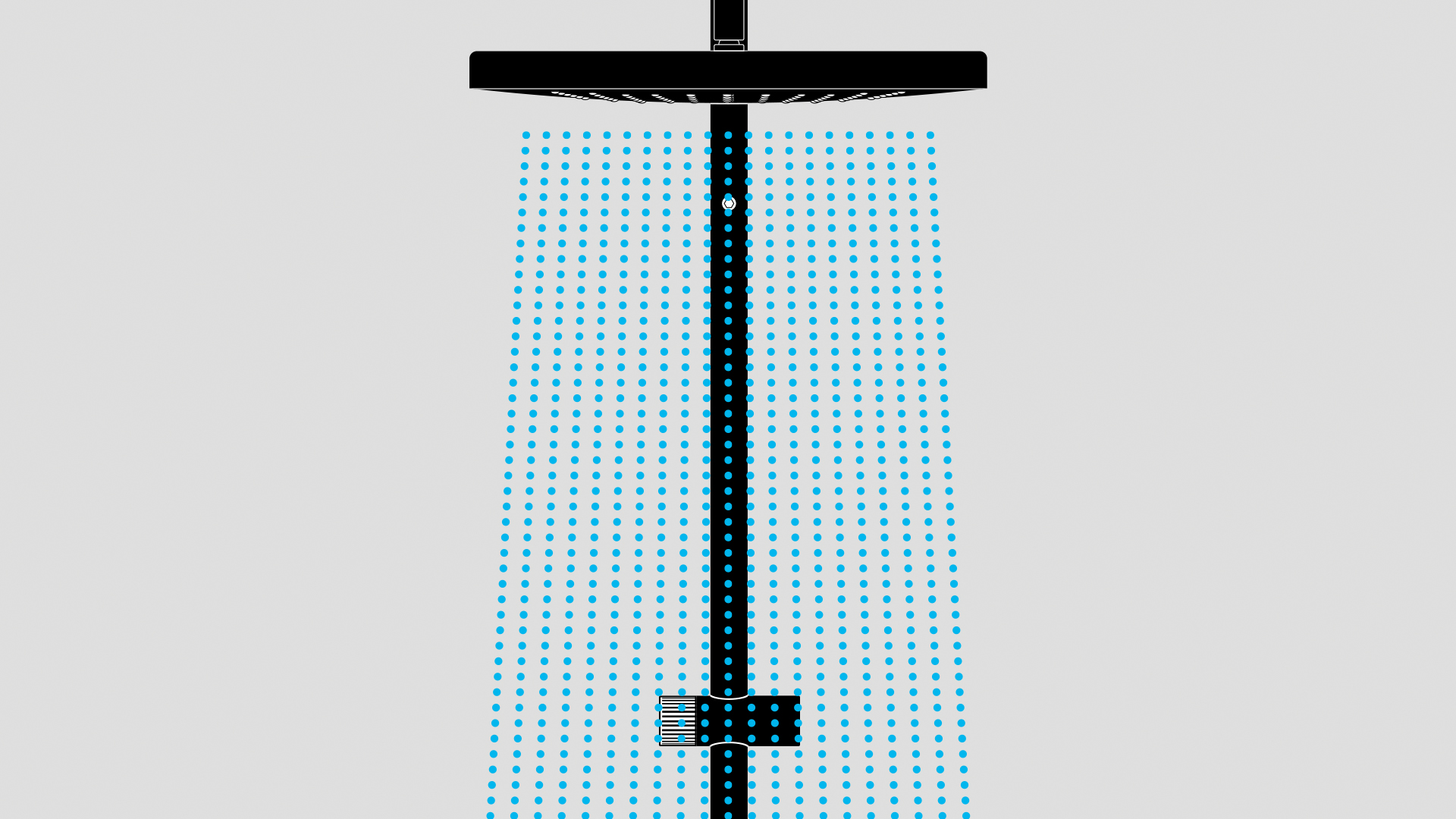I have spent many hours observing the bathing habits of ordinary Japanese people, here I look at how they are different to the West for Take on Japan.

The Japanese Bathroom is much more than just a place to clean
I have spent many hours observing the bathing habits of ordinary Japanese people and the bathrooms which support these. I know this might sound illegal! but my goal is to find fresh insights for my clients and support the creation of new bathroom technologies, cleaning and personal care products.
Partly due to the highly publicised high-tech toilets (“what do all those buttons do?”) now available in Europe and the US from brands such as TOTO and Lixil, the Japanese bathroom environment has started to interest consumers and manufacturers outside of Japan. The Japanese bathing experience is notably different to ours in the west so I would like to highlight some of the key points here.
Bathroom layouts reflect Japanese hygiene consciousness
The most notable aspect of the Japanese bathroom – except in tiny studio apartments or hotel rooms – is that the toilet is usually in a separate room from the bath and shower. In addition, homes often have a dressing room next to the bathroom – or between the toilet and the bathroom – which has a sink, countertop, and mirror, and often a space for a washing machine (see figure 1).

To someone living in a compact family home in a London suburb, this use of space may sound extravagant. However, there are many reasons to do with plumbing and hygiene, not least of all when a toilet is flushed germs are released onto surrounding surfaces and objects such as toothbrushes and towels – but the fundamental reason is cultural. Historically, bathing in Japan is a social activity and the toilet is private (I hope for obvious reasons). This dates to a time when ordinary people’s houses lacked bathrooms. Every evening, people went to a local bath house (Sentō) to first clean and then relax in a large tub, and exchange gossip with their neighbours. These bath houses are a rare sight today, as most people bathe at home, but communal bathing is still popular at hot springs (Onsen) which are abundant, due to Japan’s geothermal activity.
Modern bathrooms reflect traditional Japanese bathing rituals
Contemporary Japanese bathroom design is based on these bathing traditions. It’s important for companies who want to export products and innovate in this space, that they understand these bathing behaviours as well as the bathroom environment itself. This “cleansing journey,” typically follows these fours steps:
1. Get undressed in the dressing room – The bathing routine typically starts after dinner in the dressing room – a dry space, immediately next to the bathroom. These days younger people might choose to shower in the morning before they commute to work or school, but it is predominantly an evening ritual. By design the washing machine is often located here, so items of clothing can be put into a laundry basket or straight into the machine.
2. Wash and rinse outside of the bathtub – From the changing room, a sliding door leads to the bathroom itself – a wet room with tiled or modular plastic walls and floor. Next to the bath is an area for showering, with a drain in the floor but no partition or cubicle. Shower height can be adjusted from standing – to sitting height, as the bather often sits on a low stool to wash their body and hair. Then they thoroughly remove all soap suds, often by tipping a couple of bowls of water over themselves, before getting into the bath.
3. Enjoy a relaxing soak – The short, deep bathtub is for health and relaxation – not for washing, as it may be elsewhere. The same bathwater is shared by family members, so you’d better be clean before getting in! In new bathrooms, a panel on the wall allows the user to adjust the settings of equipment that circulates the bathwater and keeps it at a constant temperature – typically around 40C (104F). A duplicate set of controls in the kitchen allows the user to pre-fill the bath while preparing dinner. When no-one is using the bath, an insulating cover minimizes heat loss.

4. Change into nightclothes and grooming – After returning to the dressing room, it’s time to get dry, put on your PJs, brush your teeth, apply facial treatments etc. Then its the turn of the next family member to follow the same ritual. Some Japanese people say that they only feel ready for bed after a routine like the one described here.
This is of course a simplification but serves to highlight where the Japanese bathroom layout and “cleansing journey” differs to the usual western process of a rushed shower in the morning.
Japans humidity makes the bathroom a good home for mould
If you have never been to Japan, nothing can quite prepare you for the humidity. From June through September Japan experiences hot and humid conditions. While this impacts all aspects of life in Japan, it effects the bathroom in unique ways:
Fungus-fighting products keep pink slime at bay – Even with a ventilation system that periodically circulates air, the wettest room of the house can be a host for mould and bacteria. To combat this drugstores offer a range of chemical products to root out grime and stains as well as non-slip, ankle-height, plastic boots (I would quite like a pair!) that protect people’s feet from the harsh bleach when they’re scrubbing the wet room.
Bathroom ventilation systems help to dry clothes on rainy days – Although washer-dryer units are widely available in Japan, many households prefer to hang laundry out to dry on their balconies – it saves electricity, reduces wear on fabrics, and airs clothes well. When the weather is wet, people hook their laundry hangers over a rod in the bathroom and set the ceiling-mounted, ventilation system to clothes-drying mode for several hours.
Recommendations and Opportunities
Depending on your area of interest there are many opportunities for innovation, both for the bathroom environment and the Japanese consumer and how they experience it.
Japan is a mature market with fierce competition and a constant flow of new concepts in bathroom equipment and personal care products. However, overseas companies with a strong and unique story – from luxury brands like Clarins to bold upstarts like Lush – have established a strong presence in Japan. For those looking for opportunities to develop innovative products for Japanese consumers, should consider:
How to enhance the consumer experience – Products that fit with consumers patterns of behaviour are more likely to be successful than concepts that require them to adopt new ways of doing things.
For example, by understanding the Japanese consumers typical evening cleansing routine, personal care brands could create an enhanced “evening spa-like cleansing experience.”
Identify opportunities that resonate with consumers – The role that the bathroom plays in the consumers life differs from one culture to another.
For example, by understanding the Japanese consumers view of the bathroom as a space to unwind and relieve tension, bathroom furniture and hardware brands could create audio and lighting experiences which allow the consumers to control the mood of their “home spa” experience.
Bath time rejuvenating supplements (drinks, vitamins etc) – which enhance the bathing process and allow you to relax further and rejuvenate after the day.
By David Tonge, for Take on Japan
RELATED
-

TOTO – Design Advisers
Most well known outside of Japan for their technologically advanced toilets, TOTO
-

Shiseido – Design Advisers
Shiseido are one of the most well known cosmetic brands in the world. We’ve been advising the internal management and design team since 2018.
-

Kohler – Bathing Technology
From 2017 we began providing advice and design support for a range of bathroom related projects. This work included digital interactivity prototypes for shower controllers,